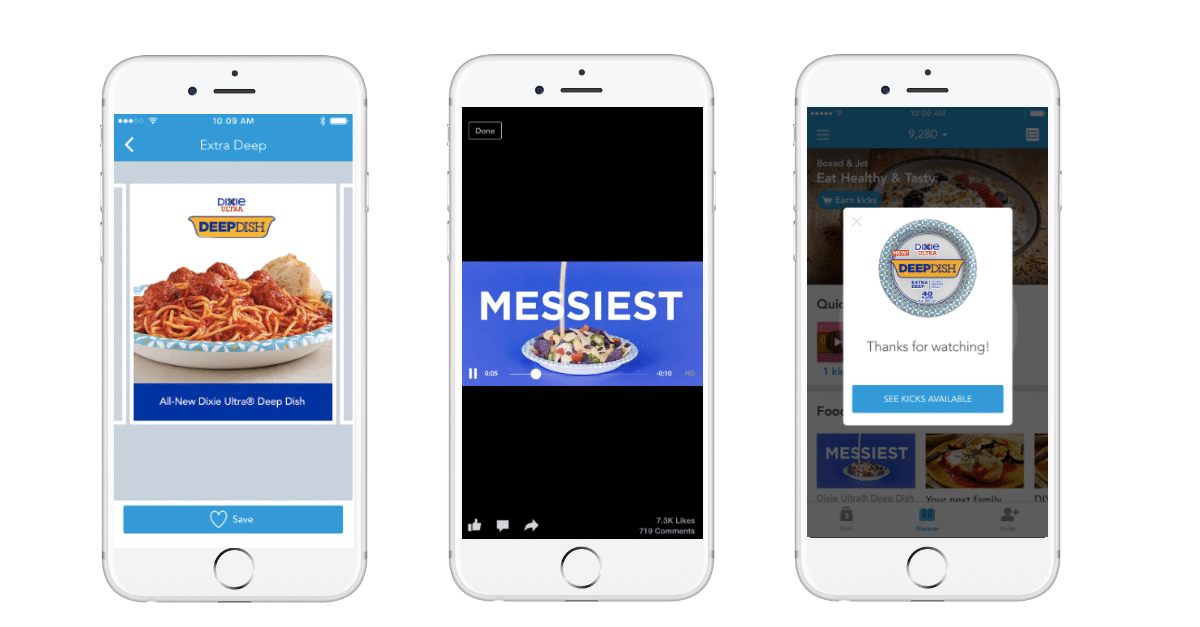Gen Zers have been accused of many things: short attention spans, an inability to maintain eye contact, and an unhealthy relationship with their AirPods. But, according to a recent Bank of America study, the generation born between 1996 and 2016 is set to usher in a new wave of disruption across industries and economies. Not only is Gen Z more technologically savvy than their millennial counterparts, but sustainability and activism also factor more heavily into their agendas than any generation before. And the kicker? Gen Z is set to crush millennials’ earning ability by 2031.
They may be young, but Gen Z has an estimated spending power of over $143 billion. And with more and more of this generation reaching adulthood, brands are naturally lining up outside their doors.
Gen Z Shopping Habits
Gen Z mainly scopes out brands across preferred online channels, but while the assumption might be that the world’s first completely-digital natives prefer to buy online, they don’t conduct their entire customer journey solely through the internet. Gen Z are the ultimate omnichannel shoppers, expecting brands to offer a top-notch experience through online channels and in-store.
Gen Z consumers like to do their product discovery through social media channels, primarily through Instagram. A recent report showed that 60% of Gen Z shoppers use Instagram to discover new brands and products ahead of Snapchat, Youtube and Facebook. Additionally, TikTok has become a go-to tool for discovering new brands and products, staying on top of trends, and watching reviews. This indicates an appreciation for the ability to interact with and learn as much as possible about the brand before deciding whether to purchase.
Gen Z loves to make purchase decisions by tapping into insights from influencers who share key product details—the good, the bad and the ugly. They rely on voices they’ve trusted to fully research a brand: not just what it’s like to use their product, but what the shopping experience, customer experience and brand values are (and whether a brand lives up to its promises).
They Want Their Products—And They Want Them Now
While some members of Gen Z still prefer the brick-and-mortar shopping experience, a majority of the generation has a need for speed around pretty much everything—especially when it comes to e-commerce. Speed, convenience, and an intuitive online experience can mean the difference between attracting and retaining this generation’s loyalty, and being left in the dust.
E-commerce adds speed and convenience to the shopping experience. An American teen can see a cute top on their favorite Instagram influencer in a shoppable video or image and order it with the simple click of a button. But if the influencer lives in Australia—along with the top—cue disgruntlement. It’s in your best interest to reconfigure your shipping strategy to reflect the reality of a global market. More importantly, your shipping strategy can set you apart as a brand and boost sales simultaneously: can you say win-win?
While Gen Zers love the ease of a well-crafted online shopping experience, they chafe at longer wait times and shipping costs. This inconvenience eclipses the frustration of not being able to try on clothes in-store. In fact, only 18.4% of Gen Zers are bothered by the latter, compared to 26.16 % of millennials. That’s why investing in an efficient shipping strategy is such an effective way to add value to the purchasing experience and retain brand loyalty. Ensuring that your products are delivered in a timely fashion and at a decent shipping price goes a long way with Gen Z shoppers.
They Want Their Purchases To Reflect Their Values
According to a recent Facebook study, Gen Z increasingly makes purchase decisions based on what brands are doing for the world.
They demand that the brands and retailers they support align with their core values, especially those centered around environmental sustainability, social justice, healthcare, and the socio-economic and personal implications of the COVID-19 pandemic. They see what they buy as a reflection of their own personal values and beliefs, and this translates into the brands they engage with.
On top of that, they’re willing to spend more to get behind a brand that’s actively making a difference. And considering this group accounts for 30% of the world’s population (almost 2 billion people), retailers need to sit up and take notice. Tapping into this social conscience gives retailers the perfect opportunity to attract and grow brand loyalty with a group that, quite simply, is the future. To resonate with this idealistic group, brands should actively showcase their values and demonstrate how they are serving the needs of the community.
They Want A Personalized Brand Experience
This generation has vast social media circles and thinks nothing of nurturing hundreds of online relationships simultaneously. So when it comes to choosing which brand to attach their loyalty to, the bar is pretty high. They want a personalized, on-site experience that acknowledges their uniqueness. They’re savvy shoppers, highly attuned to insincere messaging. If they sniff out rote communication, they’ll scroll past so quickly it’ll leave you breathless. That means retailers must find meaningful ways to engage, and put the time into crafting compelling messaging that’s on-brand and connects with this demographic.
While Gen Z is still big on social commerce, with more time spent shopping on social media than any other generation, brands still have to have strong touchpoints both online and in-store in order to get this generation to buy. In-store and online experiences are both important parts of the consumer journey for Gen Z, and cannot be ignored. When companies over-invest in tech and online marketing tactics to attract these shoppers and neglect the in-person shopping experience, they’re missing a crucial point in the customer journey. These consumers expect brands to be consistent with the level of service they provide at both live and digital touchpoints.
They Want To Be Part Of The Conversation
The best way to get to know Gen Z customers is by engaging with them. Social media platforms like Instagram Live (which allows multiple accounts to participate in a live stream discussion) let your brand create a safe space for customers to engage, share stories, and talk about important issues. But it can’t be hollow — let your brand create a safe and authentic space for customers. A successful example of this is Headspace. The meditation app connects with its community via Instagram, where users can ask questions, offer feedback and discuss meditation techniques. This is just the display of community that Gen Z wants to get behind and support.
Gen Zers, the socially conscious, digitally-native consumers have paved the way for a new era in the customer experience. An innovative brand will recognize these shoppers as omnipresent and invest in engaging them at each brand touchpoint, from discovery to purchase, and even onto advocacy.
Shopkick is an omnichannel solution that allows brands and retailers to engage shoppers and influence their behavior throughout the full path to purchase—whether they’re shopping in-store or online. We share key intel on ever-changing consumer shopping behaviors and trends, and provide our partners with real-time shopping data, helping them fill gaps in the customer shopping journey and invest marketing dollars wisely. To learn more, contact our team.



